Why We Must Look Beyond César Chávez To Understand United Farm Workers History
UC Berkeley Ethnic Studies Assistant Professor Christian Paiz delves into the experiences of lesser-known members of the 1960s UFW movement
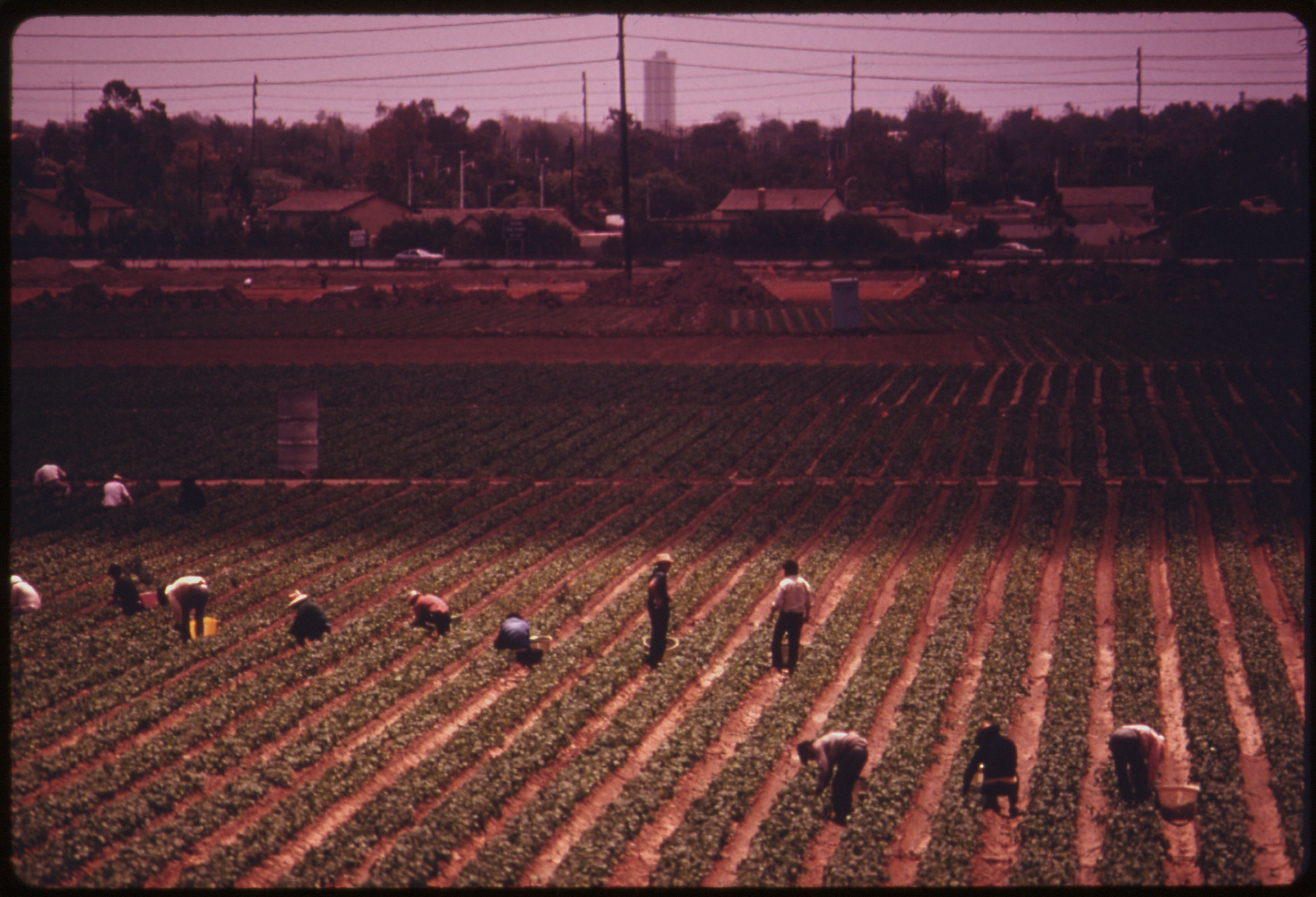
Cesár Chávez, Larry Itliong and Dolores Huerta are known by the general public as the enigmatic pioneers of the United Farm Workers (UFW) union, a group of laborers who went on strike in the mid-1960s to relentlessly demand higher wages and improved working conditions.
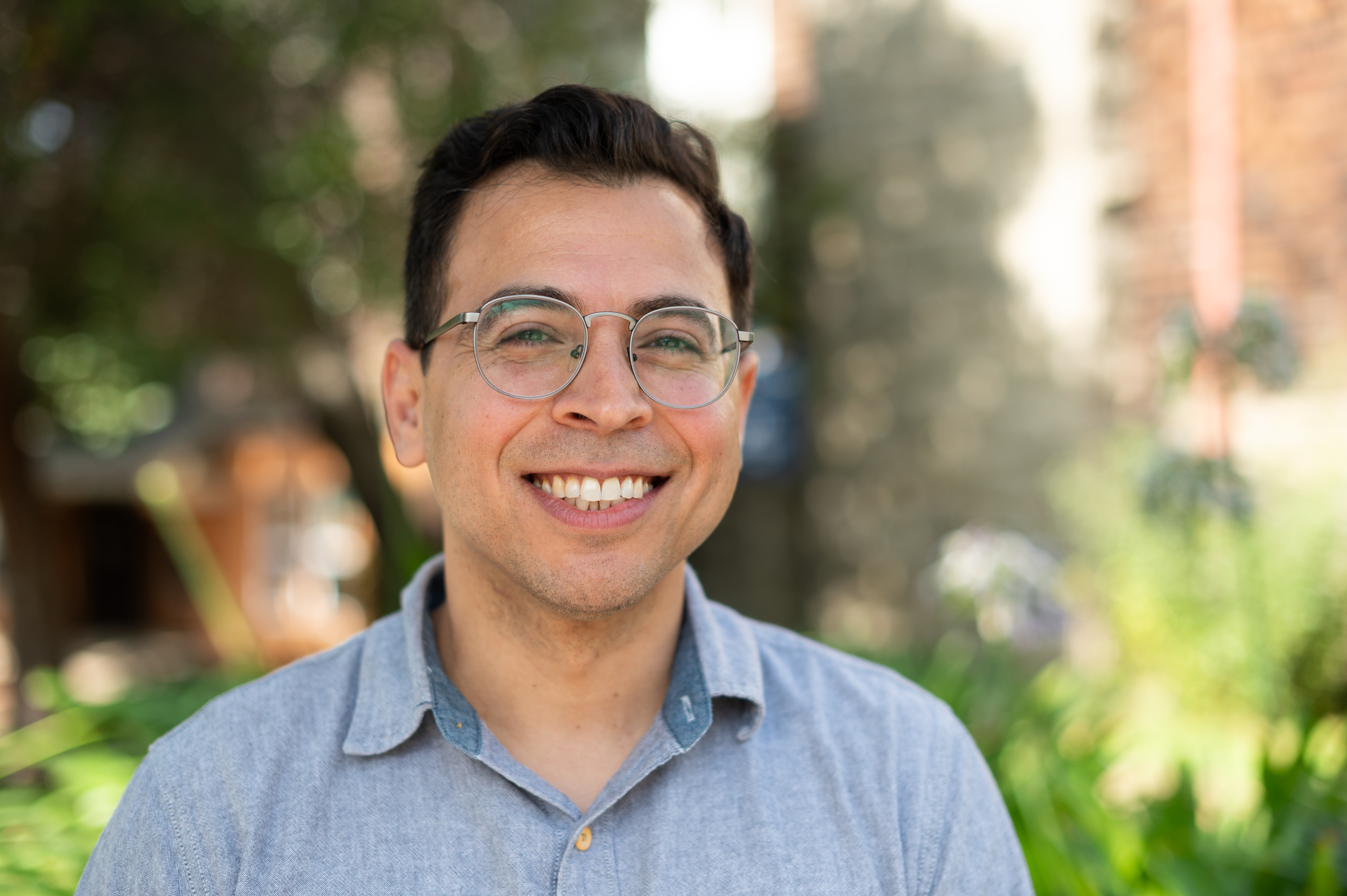
But UC Berkeley Ethnic Studies Assistant Professor Christian Paiz says the story of the UFW needs to be told, and understood, through the lesser-known strikers who stood day in and day out “picketing and protesting in solidarity, and in love for one another.”
In his book, The Strikers of Coachella: A Rank-and-File History of the UFW Movement, Paiz conducted more than 200 hours of original oral history interviews with Chicanx residents of Coachella Valley who participated in the UFW strikes — and studied previously unused oral histories of Filipinx farm workers — to bring focus to the daily experiences of UFW members.
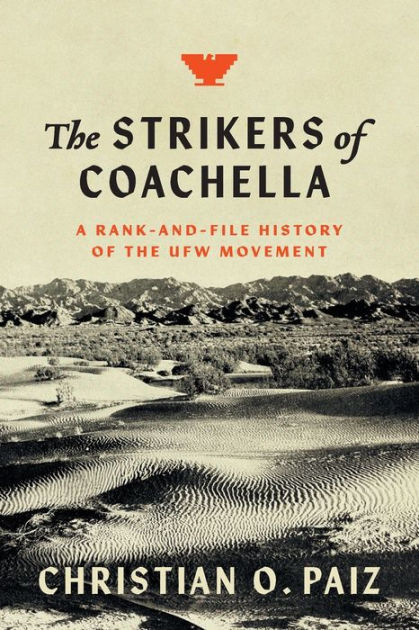
The spirit and solidarity of those strikers — and their emblematic rallying cry, “Si, se puede” — are emulated to this day by political campaigns and portrayed in various books, documentaries and motion pictures.
But those romanticized narratives, Paiz said, can be limiting.
“The heroic and tragic story of the UFW movement is less about individual leaders and more about the larger anti-union currents of the era,” said Paiz, who was born and raised in Coachella Valley. “It’s about the reality that strikers lived through, the love they elicited for one another, and how those experiences compel us to recognize that we're tethered to them, and to history, whether or not we want to be.”
Berkeley News spoke with Paiz recently about some of the hidden figures of the UFW movement, what their lives were like as strikers and how we can leverage their accomplishments to, as Paiz says, “build a better and capable world.”
Berkeley News: Historical accounts of the United Farm Workers movement often focus solely on major labor leaders and icons like César Chávez. Why did you decide to focus on lesser-known strikers?
Christian Paiz: I think you are right about the UFW histories. Most continue to focus on Chávez and a small group of leaders. This focus exists regardless of the account’s view of UFW leaders – whether the latter are found to be heroic or wanting, the focus remains the same.
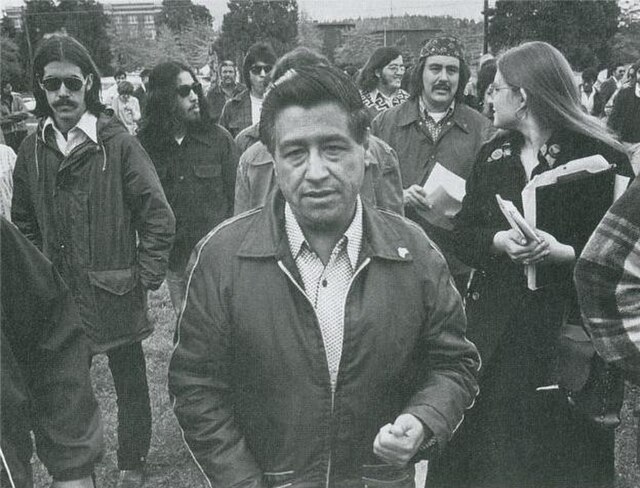
More recent histories include a larger group of subjects, but even these do not prioritize the union’s rank-and-file — as in, the actual farmworkers and their communities who joined and shaped the UFW. We still do not know, for instance, who joined the many UFW strikes or who pushed the UFW into their strikes or avoided strikes on their way to UFW contracts.
We do not know names, much less visions and actions. And this is a real loss, I think, because it occludes everyday people’s power to name and change their world.
That’s what I wanted to do when I began this book — to learn about and narrate a history of the UFW movement through its everyday members.
I also grew up in a farmworker community, and in my childhood, I saw my neighbors strategize and organize to sustain their lives, despite the difficult conditions. Similarly, the UFW’s history is important for understanding contemporary working conditions and for envisioning new campaigns for farmworker rights.
Why focus on Coachella Valley?
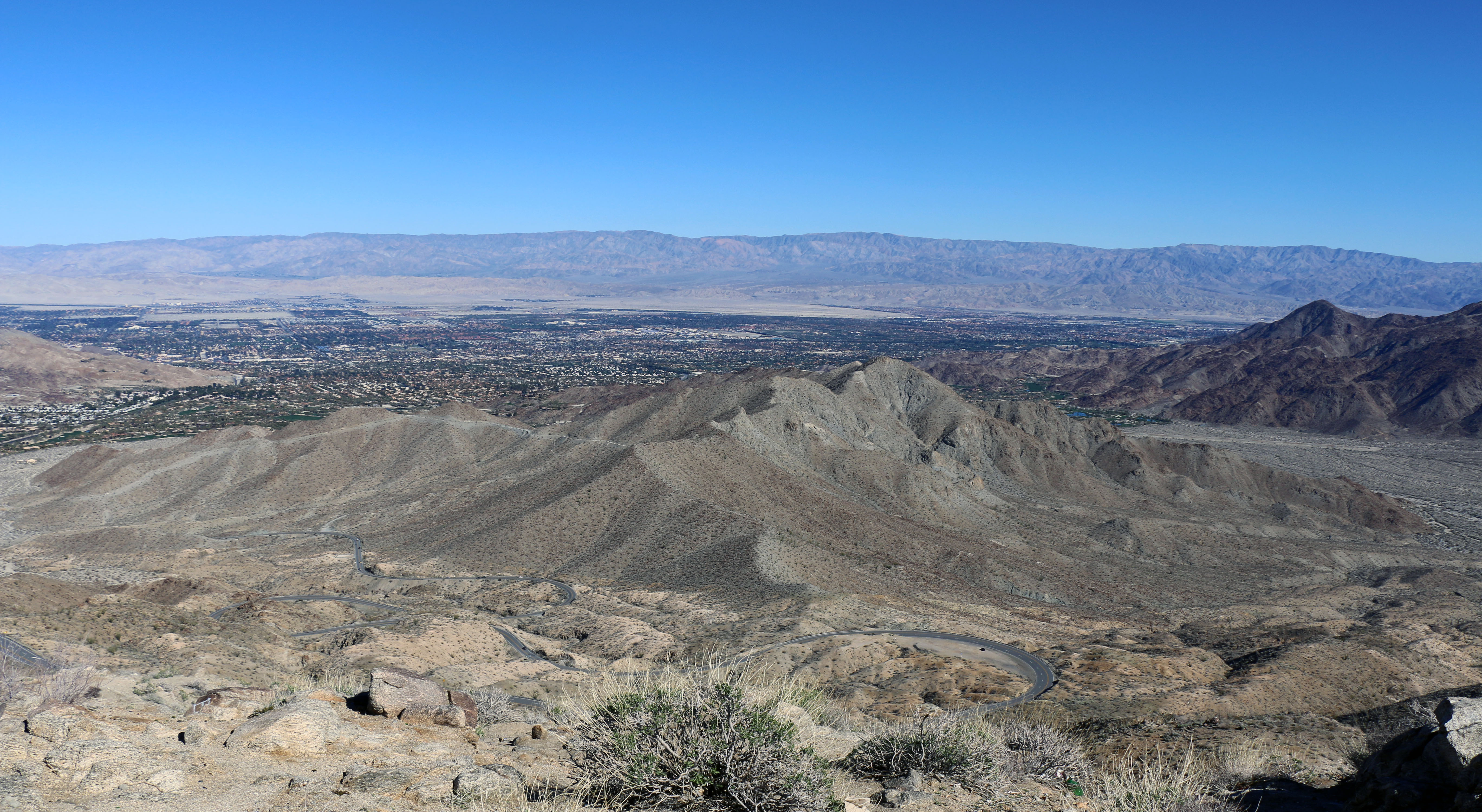
The Coachella Valley is my home.
I was born there and grew up in Thermal, a town of 1,500 on the eastern half. I think we had a couple stop lights and a couple gas stations.
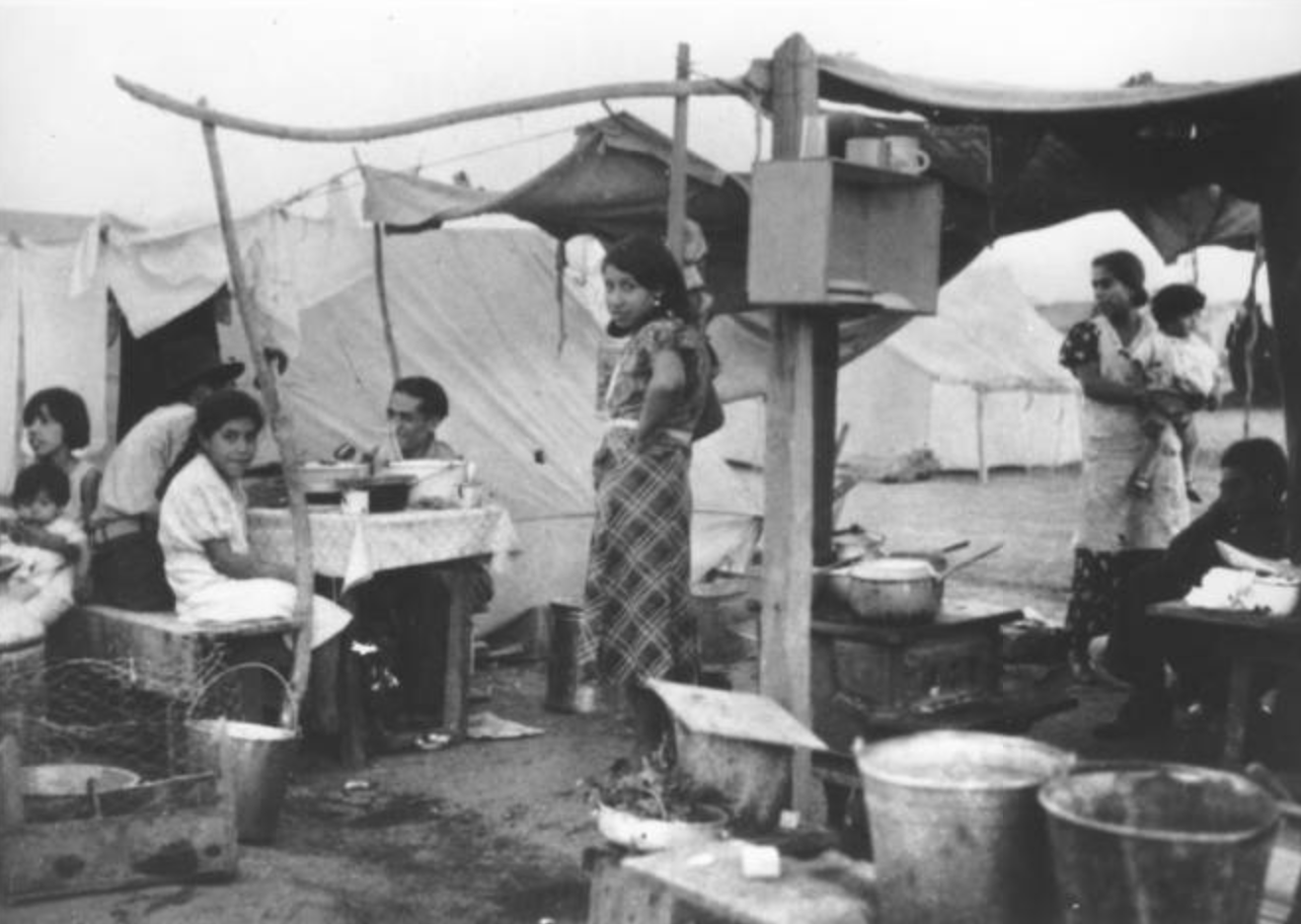
Most residents were ethnic Mexican families, working poor, and heavily reliant on agricultural jobs. The nearby towns were the same. In the western half, however, the Coachella Valley turned into a series of small cities with wealthy and majority-white populations and economies built around tourist attractions. The most famous is the Coachella music festival.
The region’s inequality was and is extreme.
In the recent global pandemic, this meant that its racialized and/or farmworker communities bore the brunt of virus exposure at work and, simultaneously, to increased precarity in their communities.
For me, then, the Coachella Valley reflects and encapsulates the U.S. and its fraying social relations amidst anti-democratic attacks. The region’s UFW history, in turn, offers us a vision for moving our country towards a more democratic and more egalitarian society.
When you spoke with UFW members from that area about their experiences, what did they say they wanted from the strike?
Sometimes it was something small, and other times it was huge. Sometimes it was very specific, and at times very vague. Seemingly simple or everyday demands were neither everyday nor simple.
Lorraine Agtang, for instance, was 21 years old when she joined the UFW in 1973. She joined because her father, who was a Filipino farmworker, had a long history of unionism in the U.S. West. This was the case for many Filipino farmworkers in the 20th century. She also joined because she had three children and wanted health benefits and higher wages, and wanted to send her kids to college, too.
For her, a UFW contract meant better conditions and greater education for her children. It meant experiencing multiple union-related roles (organizer, lab technician, case manager) that built her life in unexpected ways: “If I had not been involved,” she reflected, “I’d still be … working in the fields. I cannot even imagine what that would be like.”
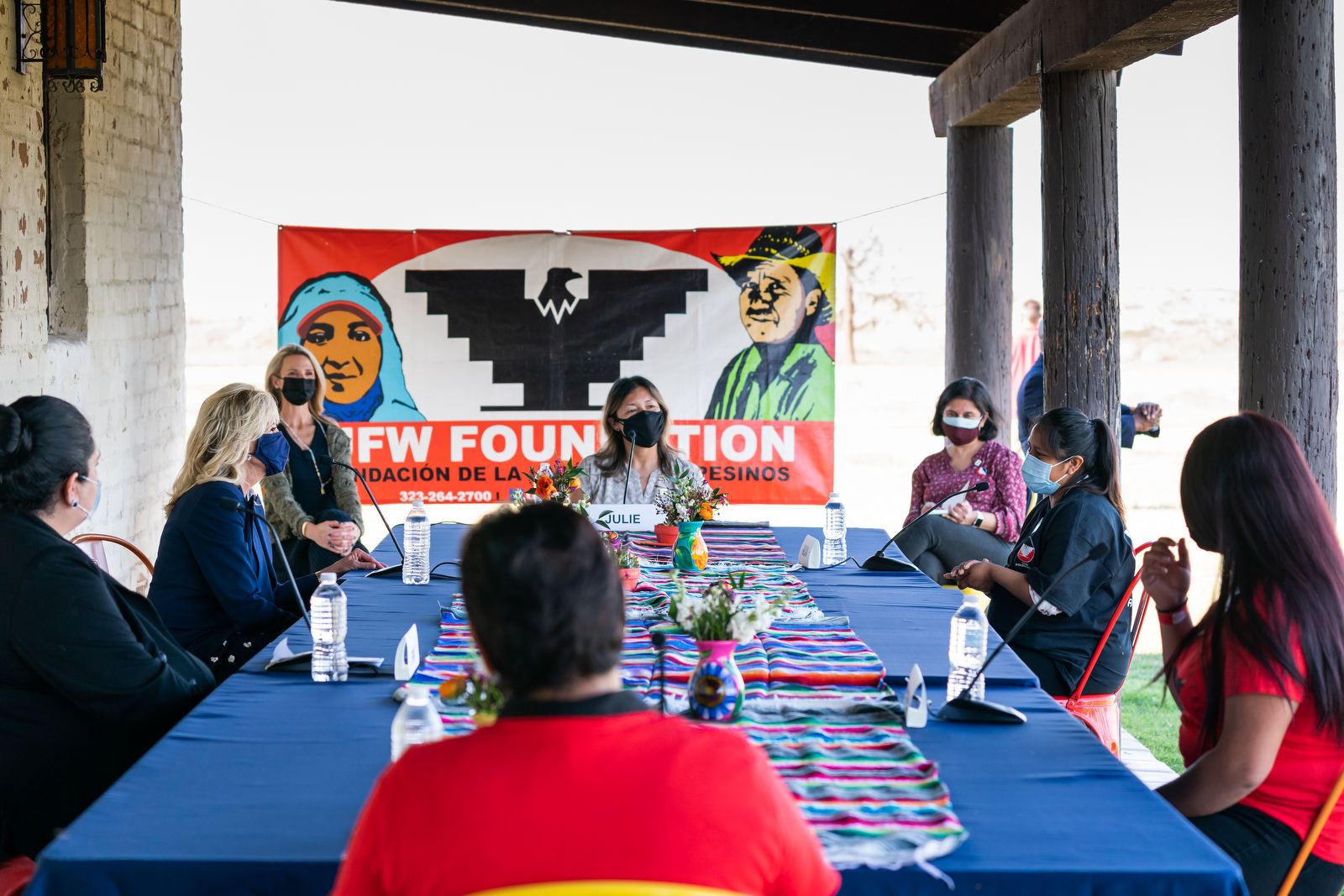
The UFW “opened the doors to another world that farmworkers don’t ever get,” and five years later, she said, “[I] thought I could do anything I wanted to do.”
Her oral history reminds me that people fought for higher wages, safer working conditions and social benefits, and that they knew these would shape their lives in fundamental ways. Many also found unexpected experiences and vistas.
And the 1965 Delano Grape Strike lasted for five straight years. Did you get a sense of where that spirit and resolve to continue for so long came from?
I think this varied for each of the strikers, which highlights the need for rank-and-file histories.
For Luciano Crespo, the strike unleashed a “passion” and “spirit” that fortified worker resolve. Suddenly, powerful growers appeared less powerful; farmworkers, in turn, appeared and felt less powerless, less alone.
Crespo was from a mixed Filipino Mexican family; his grandmother joined the National Farm Worker Association in 1962 and he found many mentors in the Filipino men of the Agricultural Worker Organizing Committee. He would remain in the UFW until the late 1980s. For him, union strike meetings led to new friendships; strike activities built new courage and leadership; tentative victories expanded former goals.
The movement produced its own fuel, in other words.
This is similar to the writings by the UFW leader Pete Velasco, who kept a journal of the Filipino striker community in Delano from December 1965 to March 1966, so quite early in the five-year campaign. In it, he described the Filipino grape workers as pooling together food resources and sharing them with Mexican farmworkers.
They woke up early and picketed in the cold. They traveled to get other union support. They did so with generosity and discipline. They have “madness in their heart,” Velasco wrote, “They have patience … They also have laughter and humor.”
The combination of determination and joy, of resilience and warmth, reassured him that they would “come back to picket ‘till victory is won.”
To the greater public, Mexican farm workers have really become the predominant representation of the early UFW strikers. Are there Filipinx members who people should know more about?
There are so many. Pete Velasco is such an overlooked militant leader. Lorraine Agtang and Luciano Crespo were both visionary and passionate. There are also the more prominent leaders like Philip Vera Cruz and Larry Itliong.
But there are many, many more. Willie Barrientos, for instance, entered the UFW movement in the 1960s and stayed until his death in the late 1980s. He traveled the country, led boycotts and meetings and settled in Agbayani Village, the UFW Delano retirement community named after Paolo Agbayani, a 1965 grape worker striker who died on the picket line in 1966.
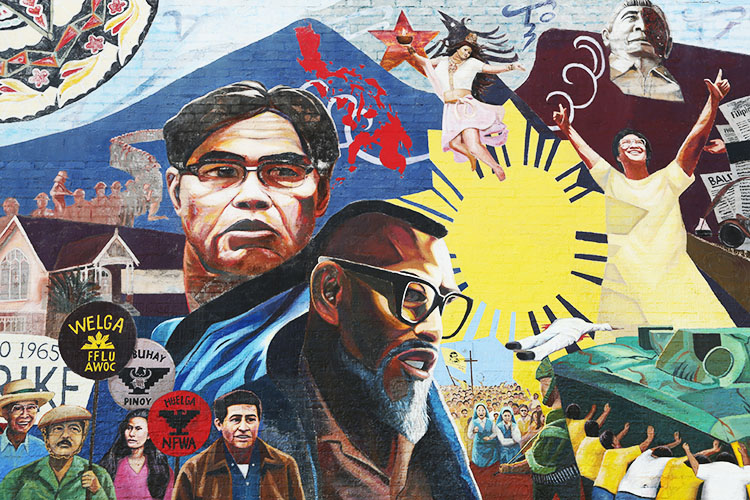
In the 1980s, Barrientos spent his day caring for his coworkers and co-union members, taking them to doctor appointments, attending to their activities and guiding visitors, especially young Asian American students in search of movement elders. In what I think was the most compassionate act, Barrientos also wrote brief obituaries for each of the men in the retirement home.
His leadership, I think, is a good start for thinking about the UFW’s goals and spirit.
You can find even more UFW oral histories at the Welga! Archive at UC Davis and the Farmworker Movement Documentation Project at UC San Diego.
How was the Filipinx experience different from that of a Mexican striker?
For a lot of the Filipino men, striking was not necessarily just about working in the 1960s, or even about the life ahead of them. Poor working conditions were important, for sure, as was the effort to gain social security in retirement. But most of these men were also in their 50s and 60s, if not their 70s.
Mortality was not an abstraction; friends were already dying, some felt their health declining. In this context, the strike can also be understood as a way to name their lives and past.
This social movement was not an invitation to passivity or privilege. It was an invitation to humility, perspective and shared labors.
Most, for instance, arrived in the U.S. in the 1920s and 1930s as young men, if not teenagers. They endured discrimination and low wages in agriculture in the Great Depression. They built unions and sent money home. They fought in WWII and demanded social changes. Then, they initiated the Delano Grape Strike in 1965. Most had already lived an entire life by then; sometimes, they had worked for the same employer and, still, they remained poor.
For many, it seems to me, the strike was a culmination of an entire life of grievances, militancy and solidarity.
That's different from a Mexican family who immigrated in the 1950s. They were usually newer to California and the work in the fields, and they were younger, with many years ahead of them.
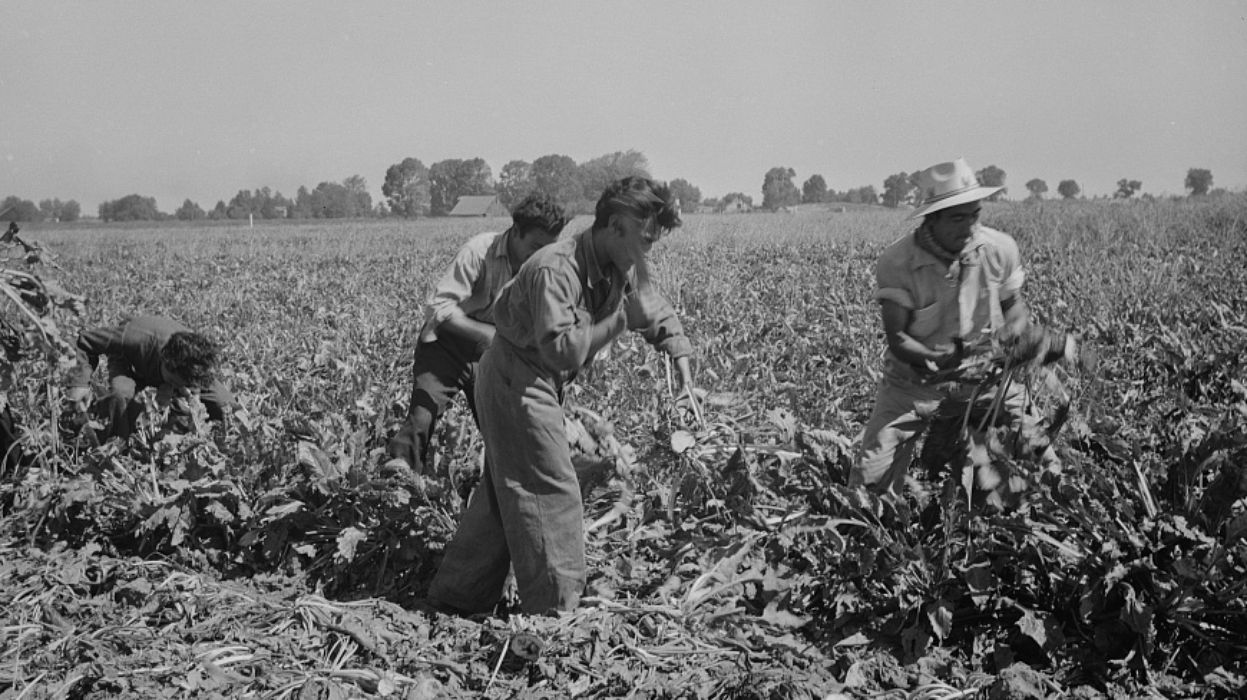
For the older strikers, was the movement also about leaving a legacy?
I am not sure I can say that that was the case. Or at least, I am not sure what is meant by legacy.
What is clear to me is that people wanted to create a more egalitarian world. They knew farm work was difficult on the body, and yet it was something that could be celebrated. It was tough, necessary work. It was also skilled, satisfying work, and the basis of the country’s sustenance. (We started to admit this when we called people “essential workers” in the pandemic.)
But farm work was impoverishing and degrading work under growers’ disproportionate powers. Through their union and contract, these UFW strikers fought to secure a world in which the farmworkers’ contributions to society were respected in more ways than one.
Just so that I can add my little grain of sand to justice.
Perhaps we can imagine this as a legacy.
And I would say that this was important for people across ethnicities. I asked one of the Mexican men I interviewed, “Why did you do this? Why did you strike?” And he said, “Just so that I can add my little grain of sand to justice.”
That is something to model. This social movement was not an invitation to passivity or privilege. It was an invitation to humility, perspective and shared labors.
Can you talk about the importance of taking this UFW history, this movement, and relating it to what's happening in the world today?
History compels us to recognize that we're tethered to other people, whether or not we want to be. If we want to understand what this tethering looks like today, then we have to map out its complexity developed over the course of the last few decades.
For instance, why do we still have immiserating farm working conditions in Coachella Valley? Why do so many farmworker families lack drinking water and standard housing in California? Why, in other words, are farmworker communities so poor in the wealthiest state in the wealthiest country the world has ever seen?
There are a lot of reasons and answers to those questions. But when I was a kid, we did not have them, and even today, the answers to these questions remain murky and unsettled. My book is an attempt to answer these questions for my home, and, in the process, to contribute to a larger social history scholarship that is doing the same for the country as a whole.
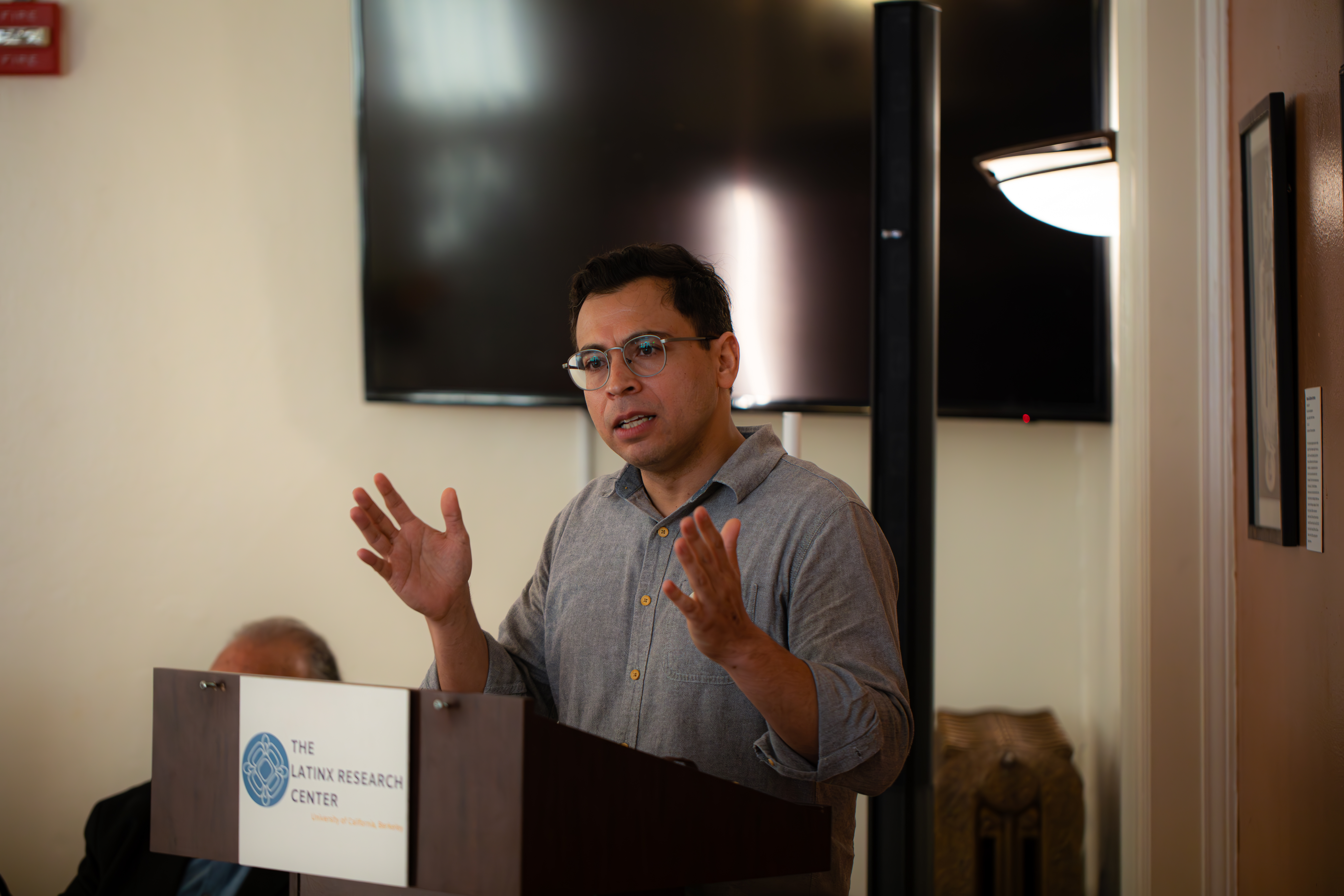
What has really changed since then, due to the UFW strikes?
Farmworkers expanded labor protections for farmworkers in California. They also helped bring attention to pesticides and they banned the short-handled hoe, which debilitated farmworker health. They built clinics and inspired political action in local schools.
And they have raised the minimum wage and recently expanded overtime pay to farmworkers.
But yes, the conditions in agriculture remain terrible. This is a marker of agribusiness’s arrogance and impunity in our country. It is a testament, furthermore, of how much worse it would be today if growers had never felt the UFW’s opposition.
How does your research fit into the discussions around student diversity and equity on campus?
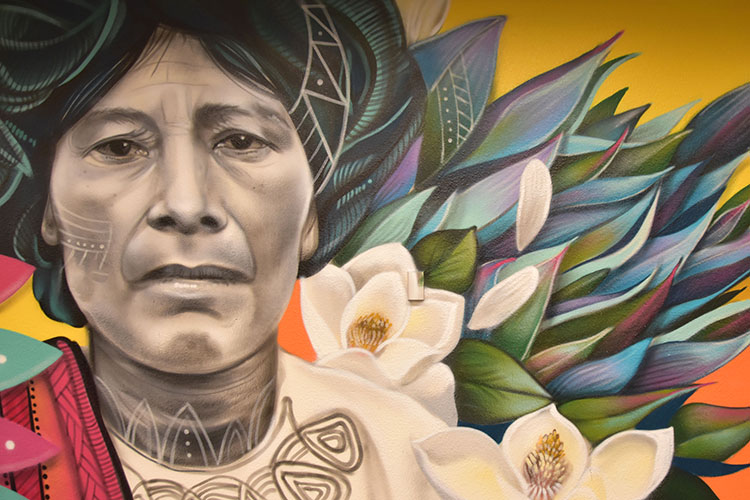
I am encouraged by the campus’s thriving initiatives and I hope these efforts are deepened, strengthened and expanded with more enthusiasm in the years to come.
Our university can play a critical role in improving farmworker lives in California. It can also provide valuable contributions to other pressing concerns. But, to do so, it needs to diversify its faculty and student populations.
We have little time to waste.
